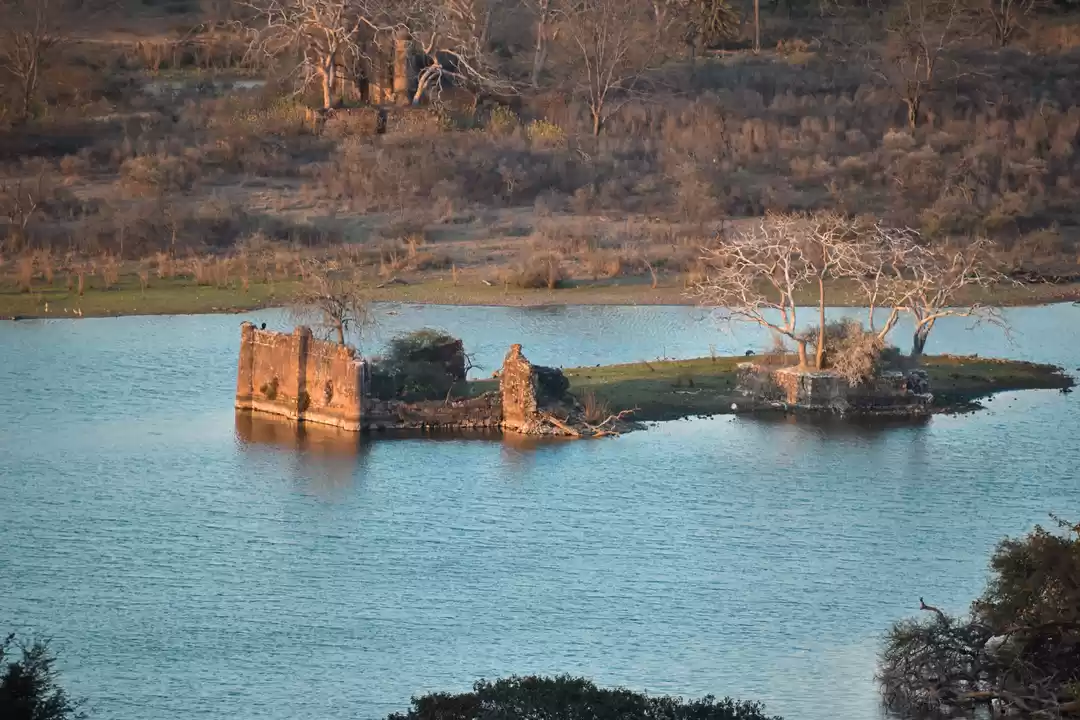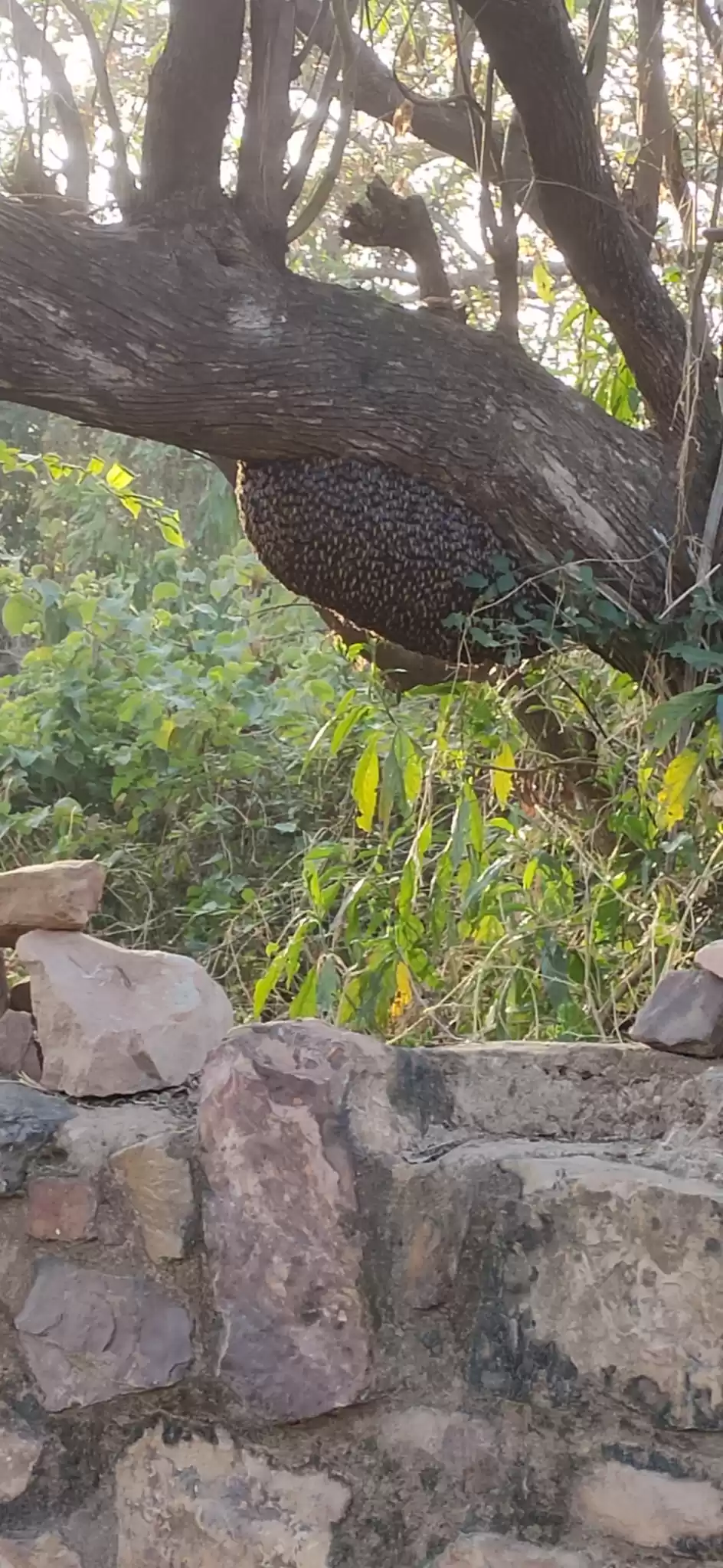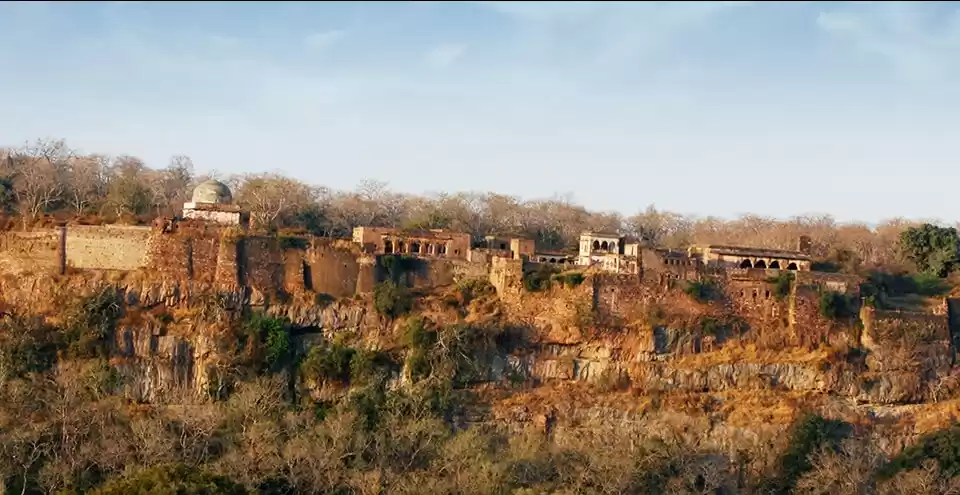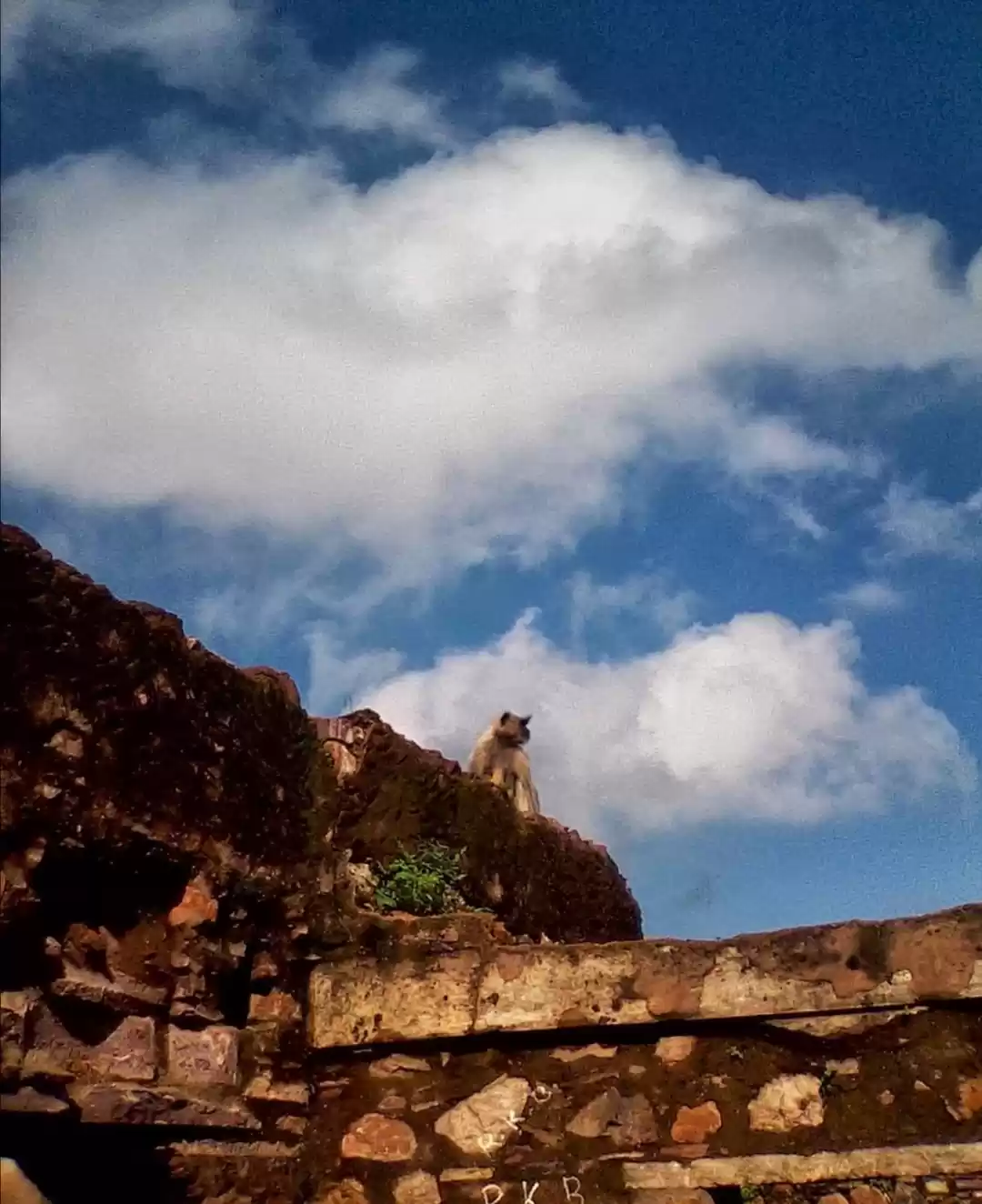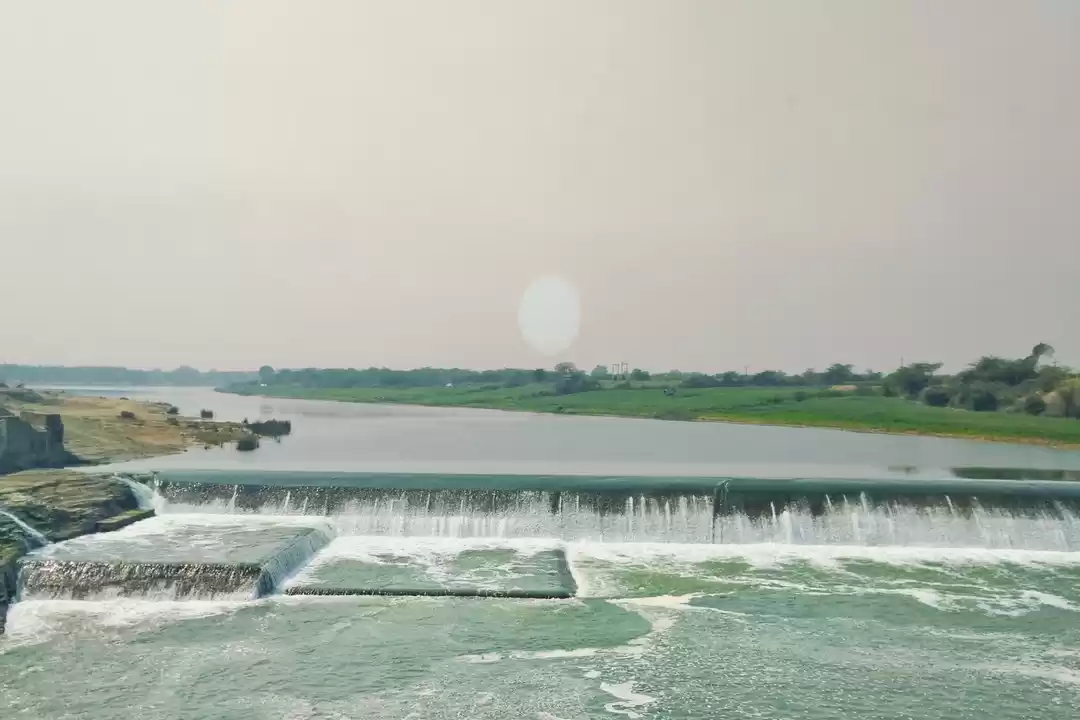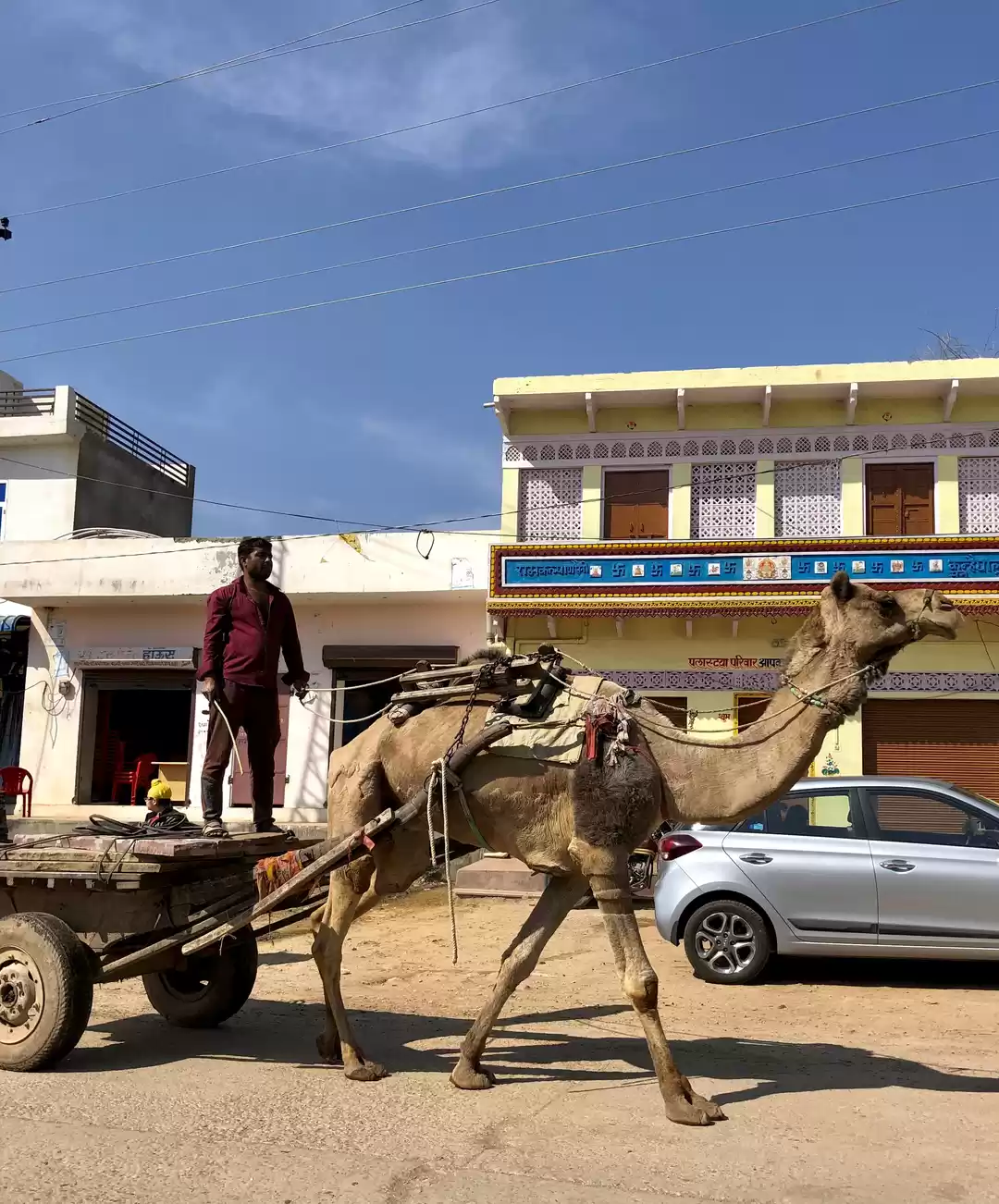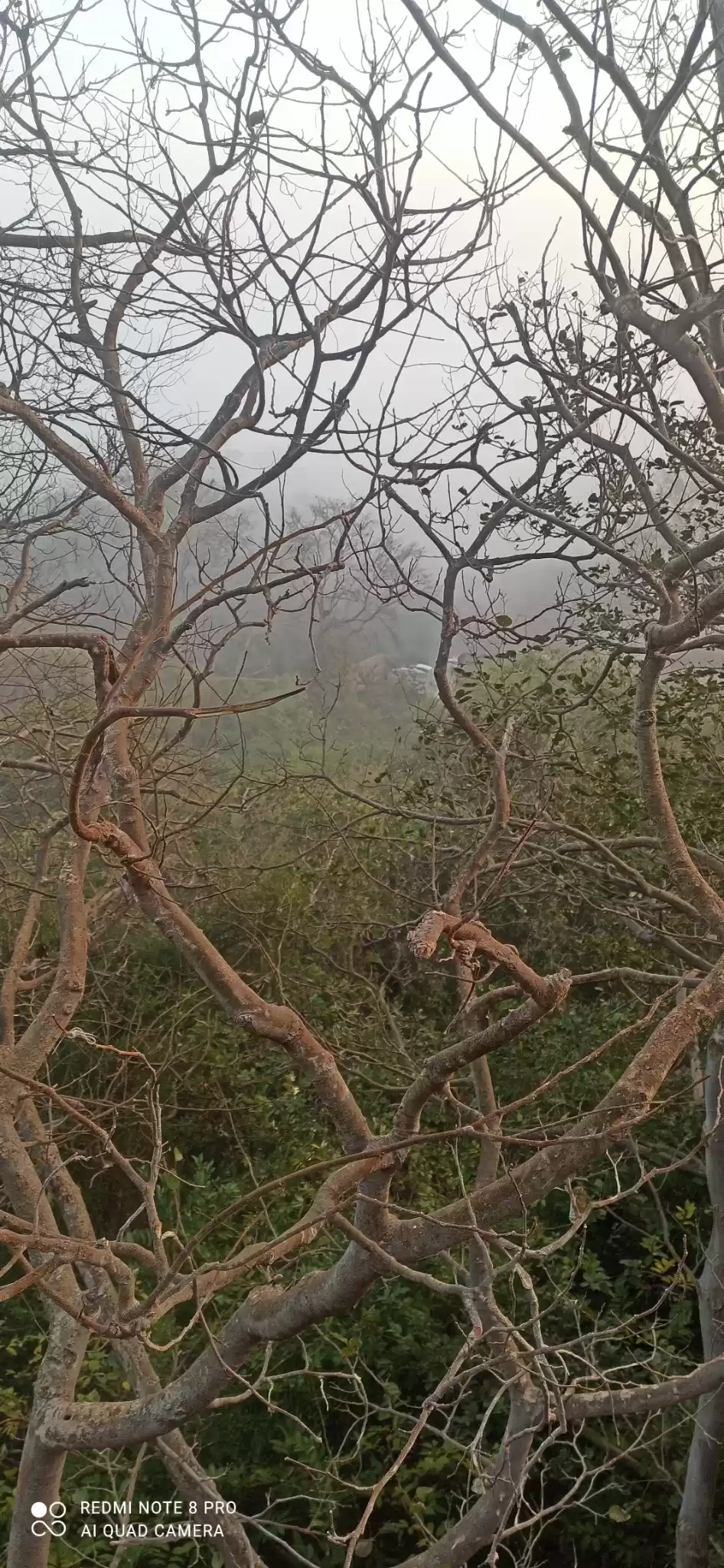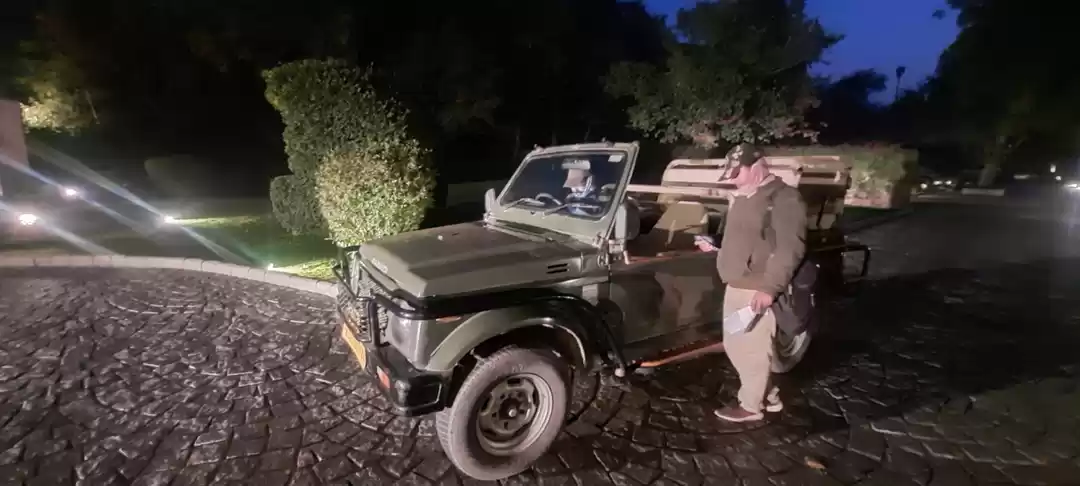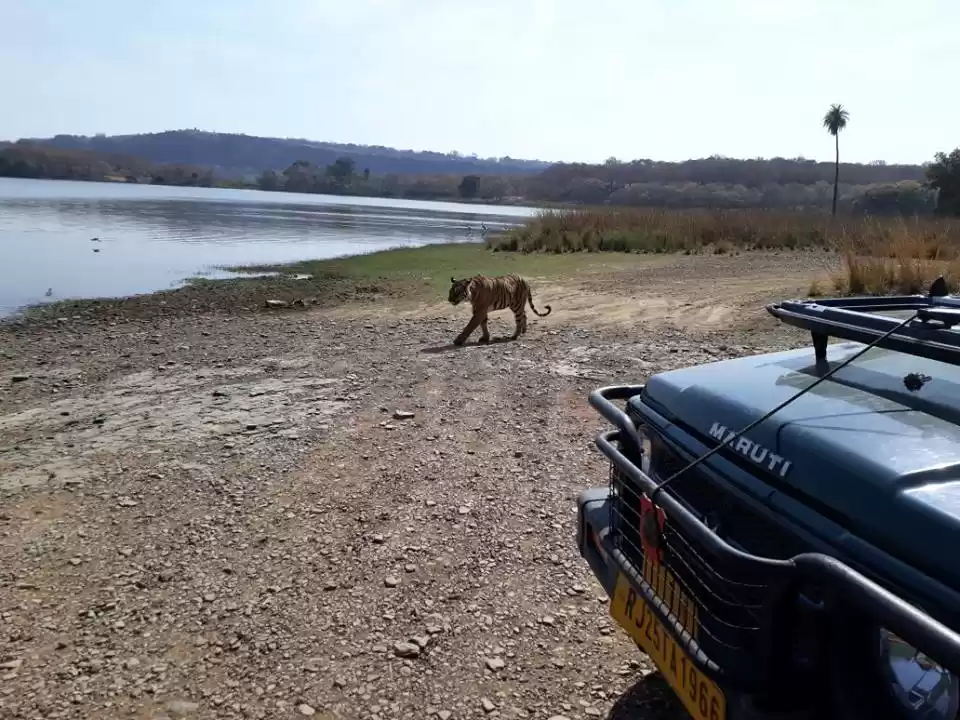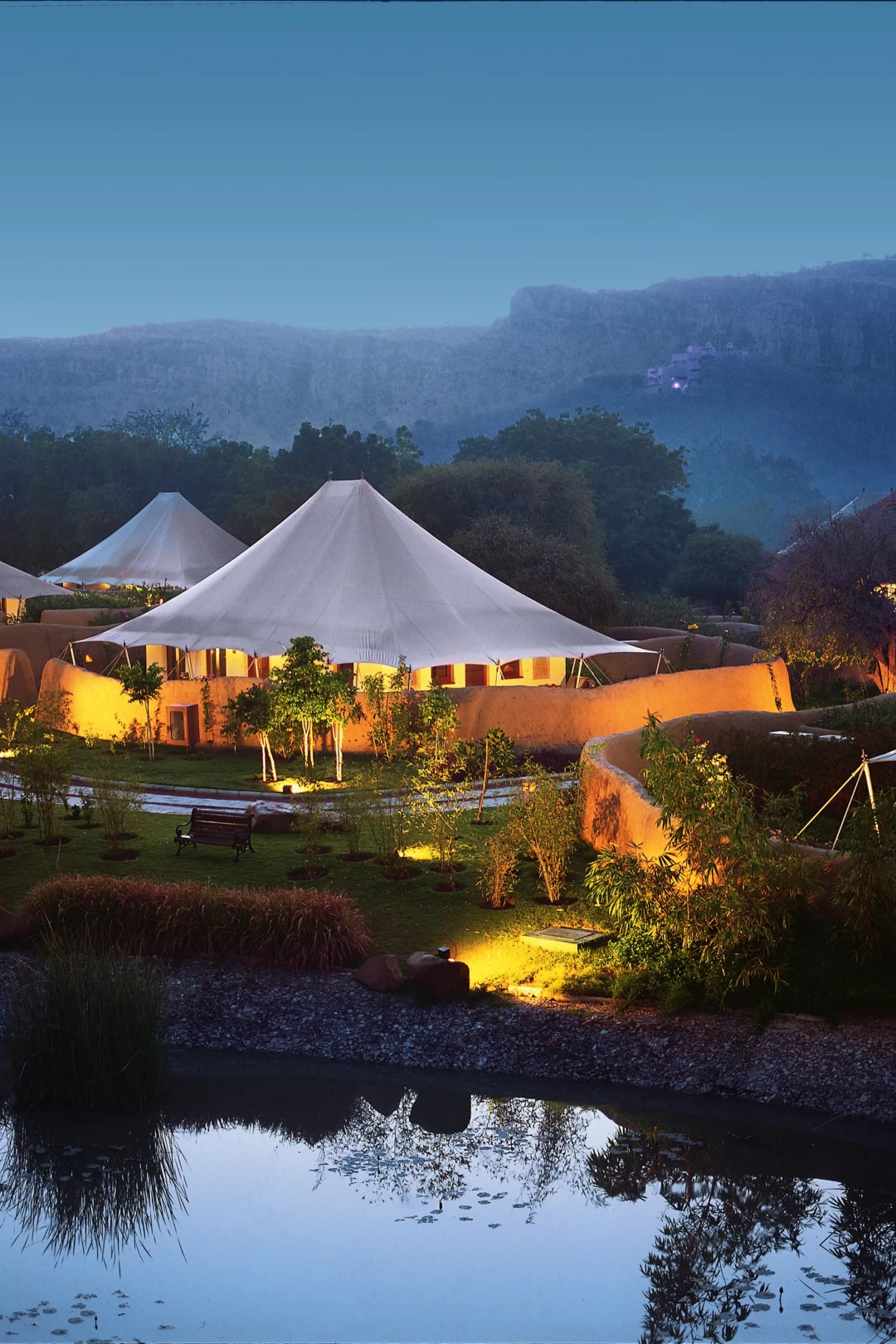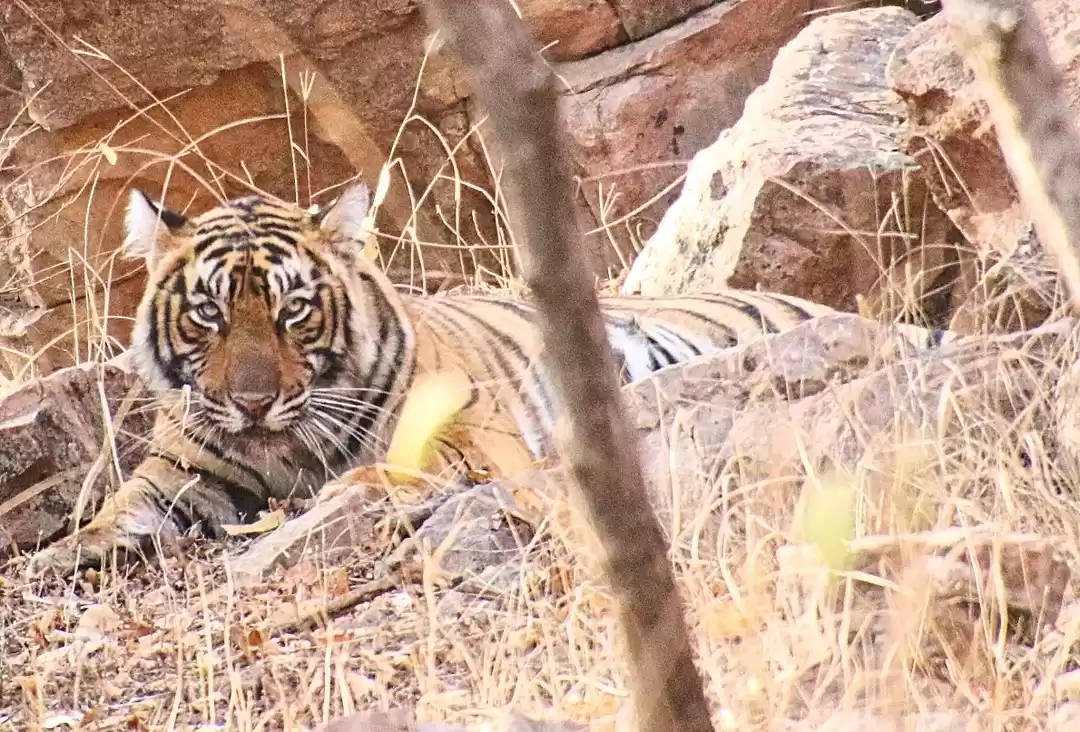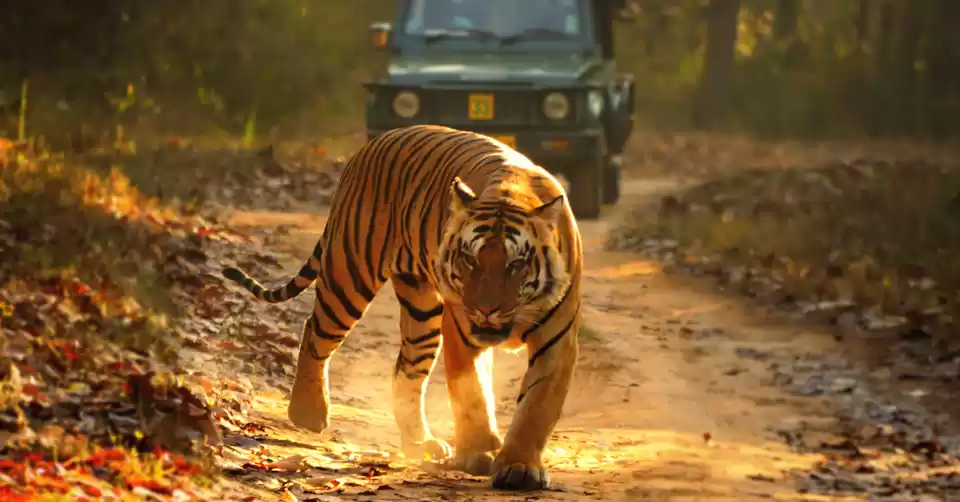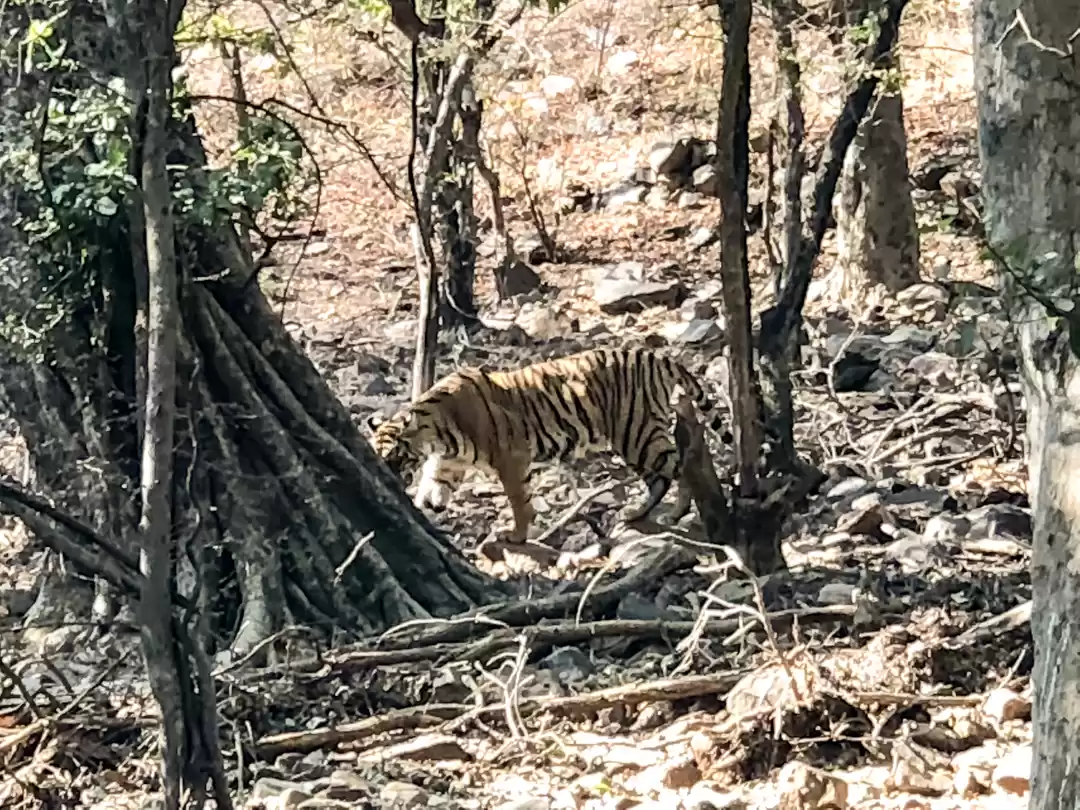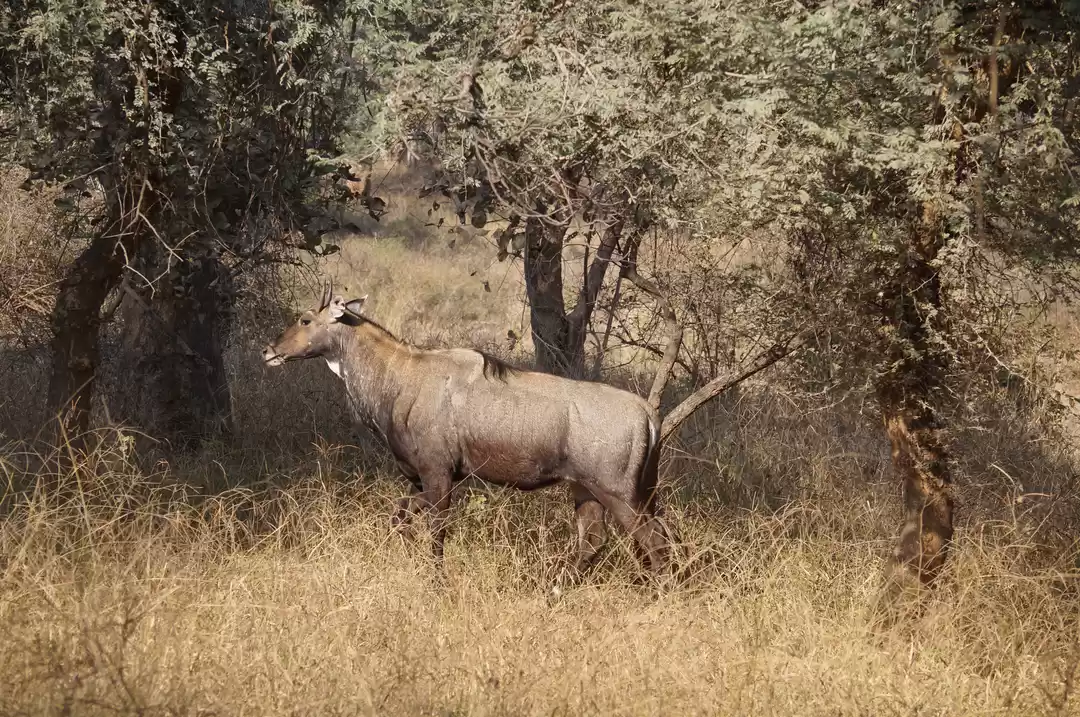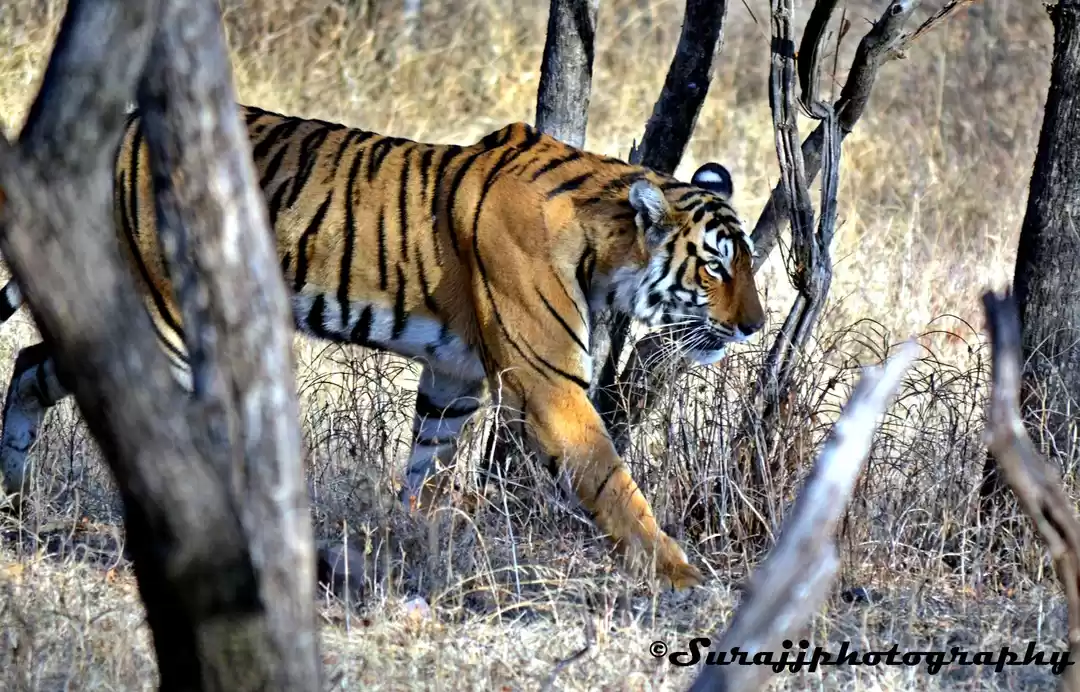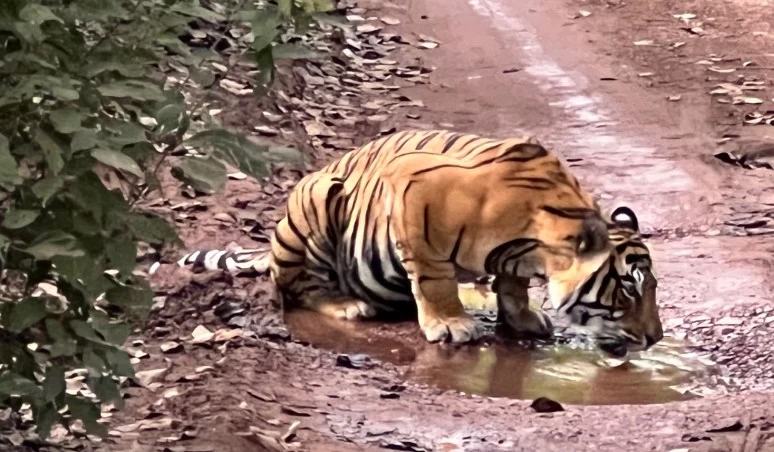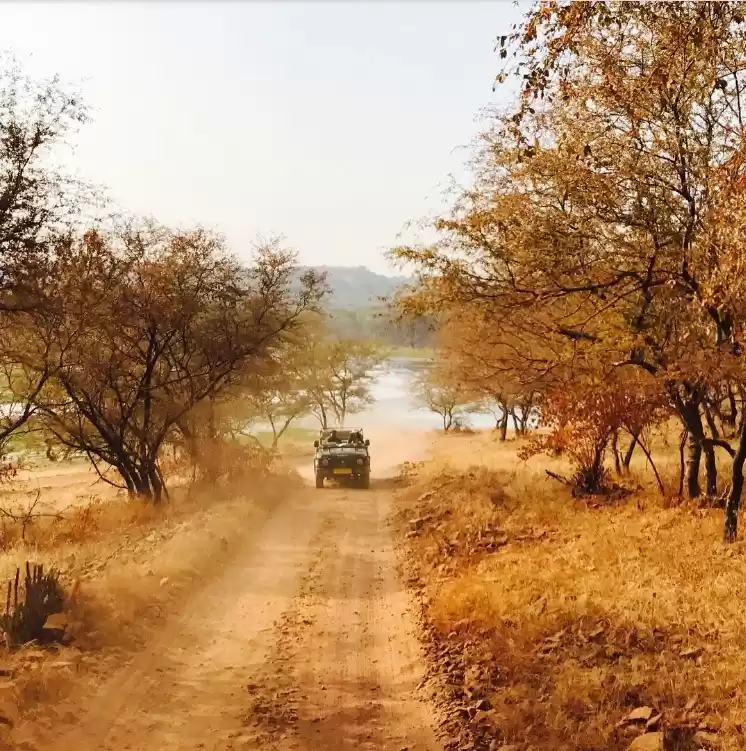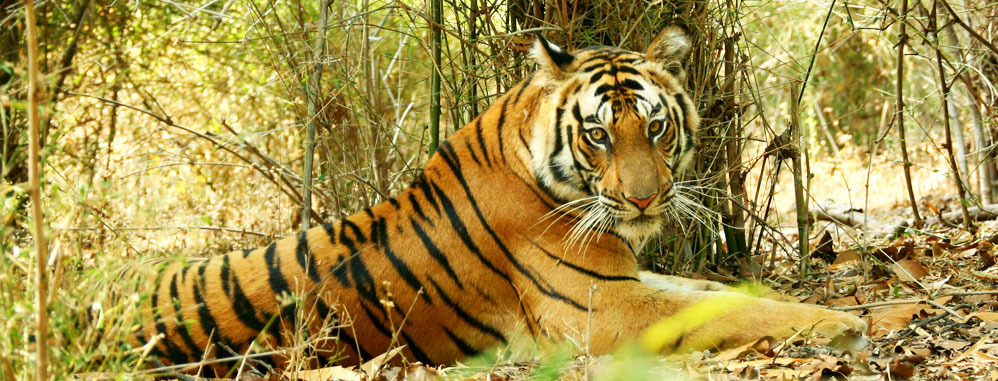The eagerness to see the elusive Royal Bengal Tiger in it’s natural habitat took me all the way from Bombay to Sawai Madhopur, just so that I could visit the Ranthambore National Park and catch atleast a glimpse of this beautiful and highly endangered creature. But fate had other plans and despite all my attempts, my wish to see the Royal Bengal Tiger still remains just that. After much research, I had picked Ranthambore over the other National Parks as chances of tiger sighting here are considerably high owing to the semi deciduous forests that make up the national park. In addition to tigers the forest is also home to other interesting animals such as the sloth bear and the leopard. I unfortunately didn’t see either as well.

Ranthambore is a 2.5 hour drive from Jaipur. The best way to get there is by road, so that you have a vehicle at your convenience, but if that’s turning out to be expensive, then one can always opt for the trains going to Sawai Madhopur on a regular basis. For the one’s looking to splurge, the Oberoi Vanyavilas or Sherbagh are perfect options and for those looking at something slightly cheaper yet luxurious I would recommend the Anuraga Palace Hotel. I stayed at a hotel by the name of Vanya Mahal which was managed by the Orchid group of hotels, but I wouldn’t really go back there as I didnt find the service, the food and the amenities upto the mark for the price they were charging. Although I must add here that the staff was quite courteous and took feedback positively.
Coming to the Safaris, a minimum of 3 is the best way to go about it (although it didn’t help my case). You can go for both the morning safari (6 am to 9.30 am) and the late afternoon safari (3.30pm to 7pm). More details here. The zones you get purely depend on luck. You can only pre-book your zones online on the official website as soon as they release the dates. I had done that but somehow my booking didn’t reflect when i wanted to take a print out at the hotel. I later learnt that the people who had booked on the website had similar experiences and sadly couldn’t get the chosen zones despite having pre-booked them. I hope the Rajasthan Government fixes this issue soon. What a lot of people are not aware of is that there are two more options as well for the safari which increase the chances of tiger spotting! There is an option to pay a premium and book a half day (6 am to 12 noon) or a full day safari (6 am to 7 pm) which gives you free access to all the zones in the park! I too wasn’t aware of this, only got to know on my last day after my last safari.
I covered Zones 6 (evening),2 (morning) and 3 (evening) of the forest and while I didn’t spot the elusive tiger, I did spot Sambar Deer, Spotted Deer, Wild Hogs, Antelopes, Crocodiles, Langurs, Owls, Peacocks and a few other bird species. The safari in itself was quite thrilling. The terrain is a difficult one and hats off to the dedicated drivers who maneuvered the vehicles with such ease. All my three safaris were in gypsies and while they are slightly more expensive than canters, they are definitely more thrilling. The guides told us how to differentiate between fresh and old pug marks, how to observe warning the call of the langurs and the deer and accordingly decipher where exactly the tiger could possibly be at. One needs a lot of patience to be able to try and sight the majestic creatures, there could be endless hours of waiting and still no sighting. You have to be ready to come to terms with the fact that its not that easy to spot a tiger. There are 10 zones in the park, each zone just as about 3-4 tigers in it.
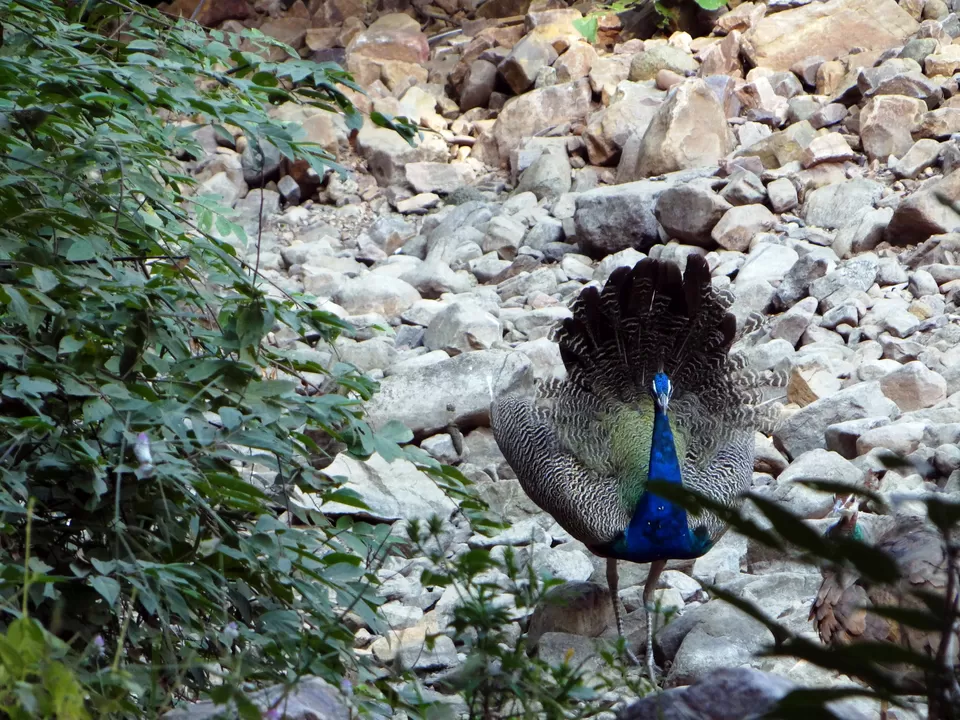
While the sole purpose of my visit was the tiger, I did spot a variety of other animals in the jungle and learnt a lot about wildlife. In fact not seeing any tiger there just made me realize even more about the vulnerability of the species. Its time for us to respect their habitat, give them the space they deserve to live in, to work towards ensuring that these beautiful creatures don’t disappear from the face of earth. It was quite impressive to see the forest officials, the guards and the guides so connected with their work and how they have made it their life’s purpose to look after these beautiful creatures. There is a genuine love and respect for the tigers they so lovingly protect.
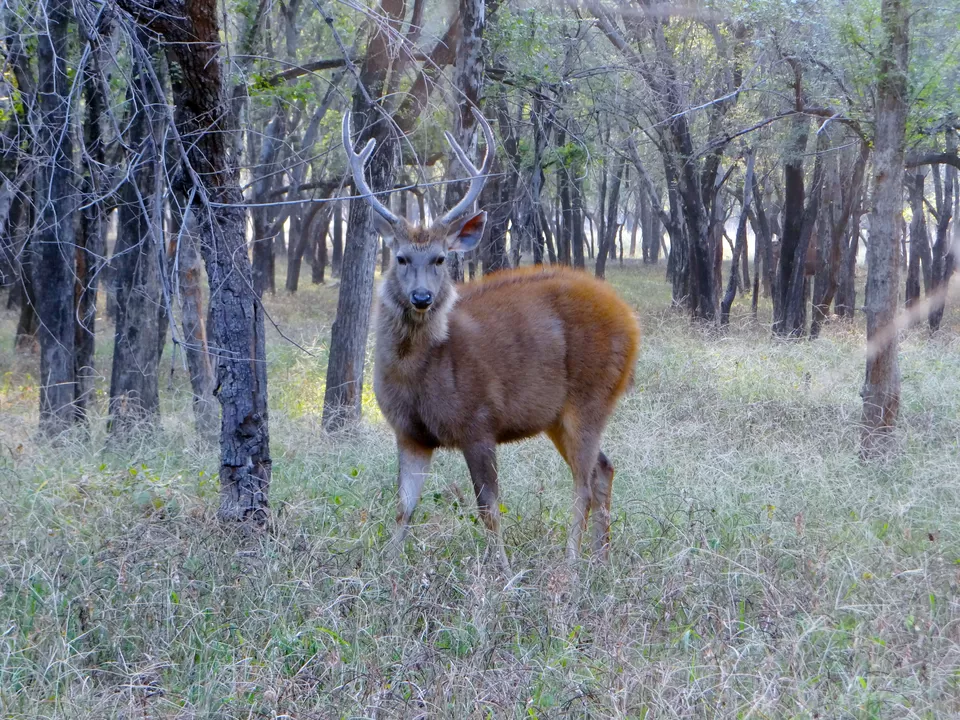
Yes, it would have been thoroughly satisfying to see a tiger in the wild, but the jungles of Ranthambore still managed to make my trip worth it. I wont lie, the disappointment was definitely there but this experience has me all geared up to make the most out of the national parks in India. Come 2017, and I am more than ready to give this a shot till I see one. Next on the list- Tadoba and Bandavgarh and maybe Ranthambore again in the summer.
I would urge you all to visit the various National Parks in the country and contribute to the preservation of wildlife. When you are there, make sure you follow all the rules, please respect their environment because it’s there home you are visiting- so littering and talking loudly while on a safari is just not correct and I was glad to see that these little things were so well followed in Ranthambore.



